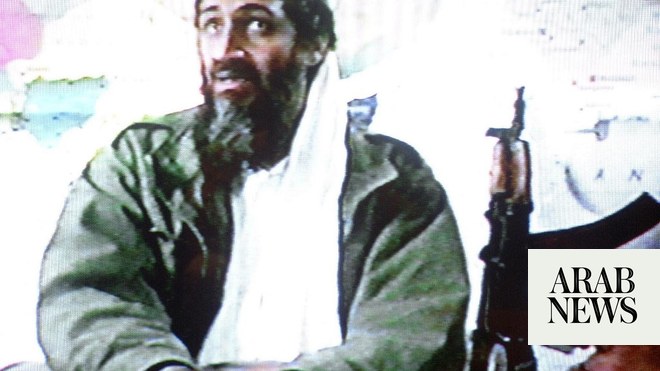
There has been rising interest in the past few days in the huge cache of files recovered from Osama bin Ladens computers after he was killed in a raid at his compound in Abbottabad, Pakistan, in May 2011.
The documents that were released by the Central Intelligence Agency on Wednesday offered a glimpse into how the al-Qaeda leader viewed the world around him and his deep interest in the so-called 2011 “Arab Spring.”
In the documents, bin Laden also talks about Libya becoming a pathway for militants to Europe.
But the CIA later took down the files, saying they were "temporarily unavailable pending resolution of a technical issue."
The Associated Press ran a story on one of the files, a 19-page document that was written by bin Laden in which he explains al-Qaeda’s ties with several organizations and states, including Iran.
The document appears to bolster US claims that Iran supported the extremist network leading up to the Sept. 11 terror attacks.
US intelligence officials and prosecutors have long said Iran formed loose ties to the terror organization starting in 1991.
Iranian Foreign Minister Mohammad Javad Zarif dismissed the allegations in a tweet on Friday.
He criticized the CIA and the Foundation for Defense of Democracies (FDD) that was allowed to see the trove before it was made public.
AP examined a copy of the journal uploaded by the Long War Journal, a publication backed by the FDD, to its website.
Iran is ready to support anyone who wants to strike America, including al-Qaeda, the report reads.
It said Iran offered al-Qaeda "money and arms and everything they need, and offered them training in Hezbollah camps in Lebanon, in return for striking American interests in Saudi Arabia."
This coincides with an account offered by the US governments 9/11 Commission, which said Iranian officials met with al-Qaeda leaders in Sudan in either in 1991 or early 1992. The commission said al-Qaeda militants later received training in Lebanon from the Shi’ite group “Hezbollah.”
US prosecutors also said al-Qaeda had the backing of Iran and “Hezbollah” in their 1998 indictment of bin Laden following the al-Qaeda truck bombings of the US Embassies in Kenya and Tanzania that killed 224 people, including 12 Americans.
"The relationship between al-Qaeda and Iran demonstrated that the Sunni-Shi’ite divisions did not necessarily pose an insurmountable barrier to cooperation in terrorist operations," the 9/11 Commission report would later say.
Before the Sept. 11, 2001, attacks on New Yorks World Trade Center and the Pentagon in Washington, Iran would allow bin Laden’s militants to pass through its borders without receiving stamps in their passports or with visas gotten ahead of time at its consulate in Karachi, Pakistan, according to the 19-page report.
This also matches with US knowledge. Eight of the 10 so-called "muscle" hijackers on Sept. 11 — those who kept passengers under control on the hijacked flights — passed through Iran before arriving in the United States.
According to the AP, the 19-page report describes Iranians later putting al-Qaeda leaders and members under house arrest. It mentions the 2003 US-led invasion of Iraq, saying it put increasing pressure on Iran, especially with the rise of al-Qaeda in Iraq.
That would come true in 2015 as Iran reportedly exchanged some al-Qaeda leaders for one of its diplomats held in Yemen by the terror groups local branch, said the AP. While Yemen described it as a captive exchange, Tehran instead called it a "difficult and complicated" special operation to secure the Iranian diplomats freedom from the "hands of terrorists."












